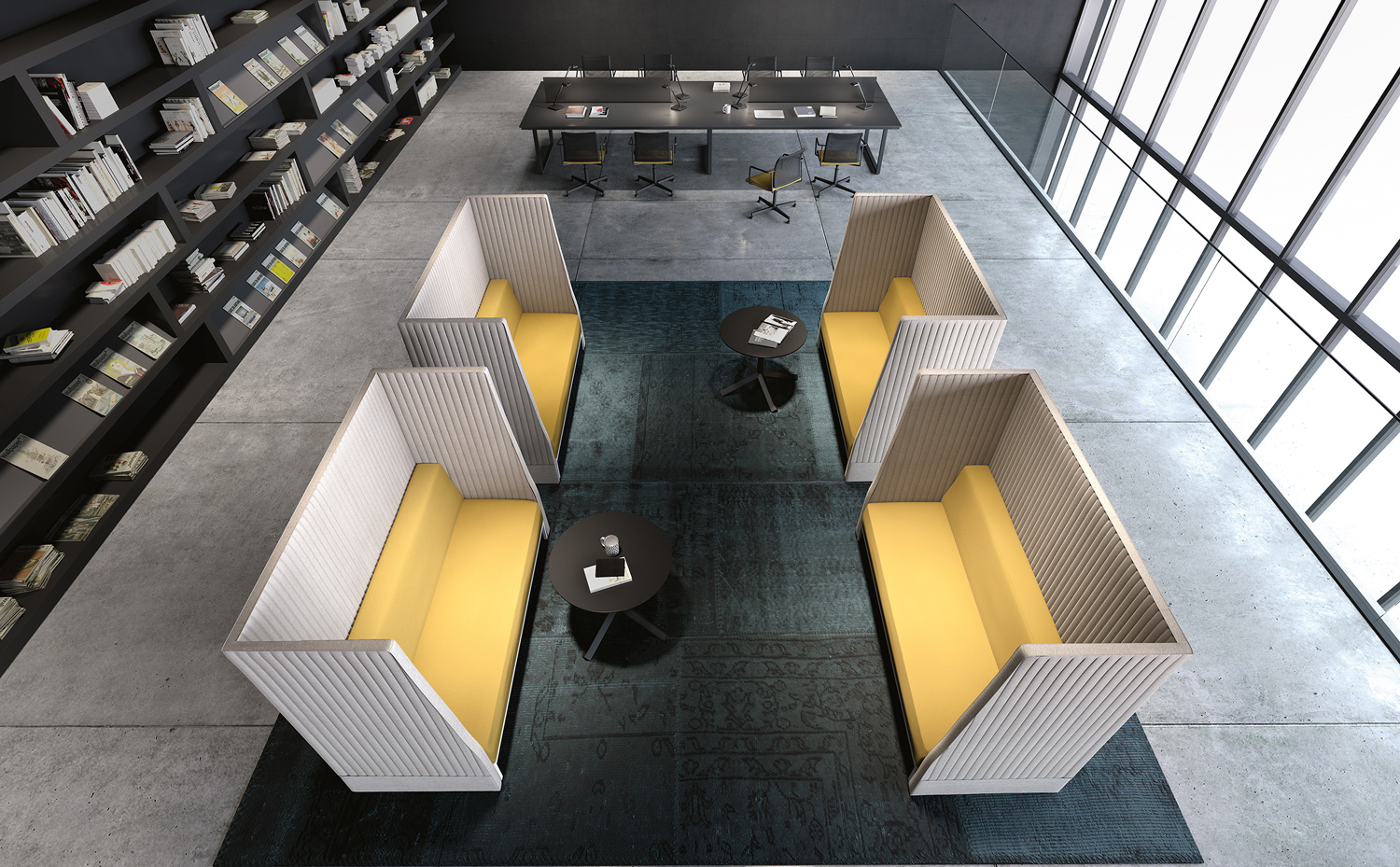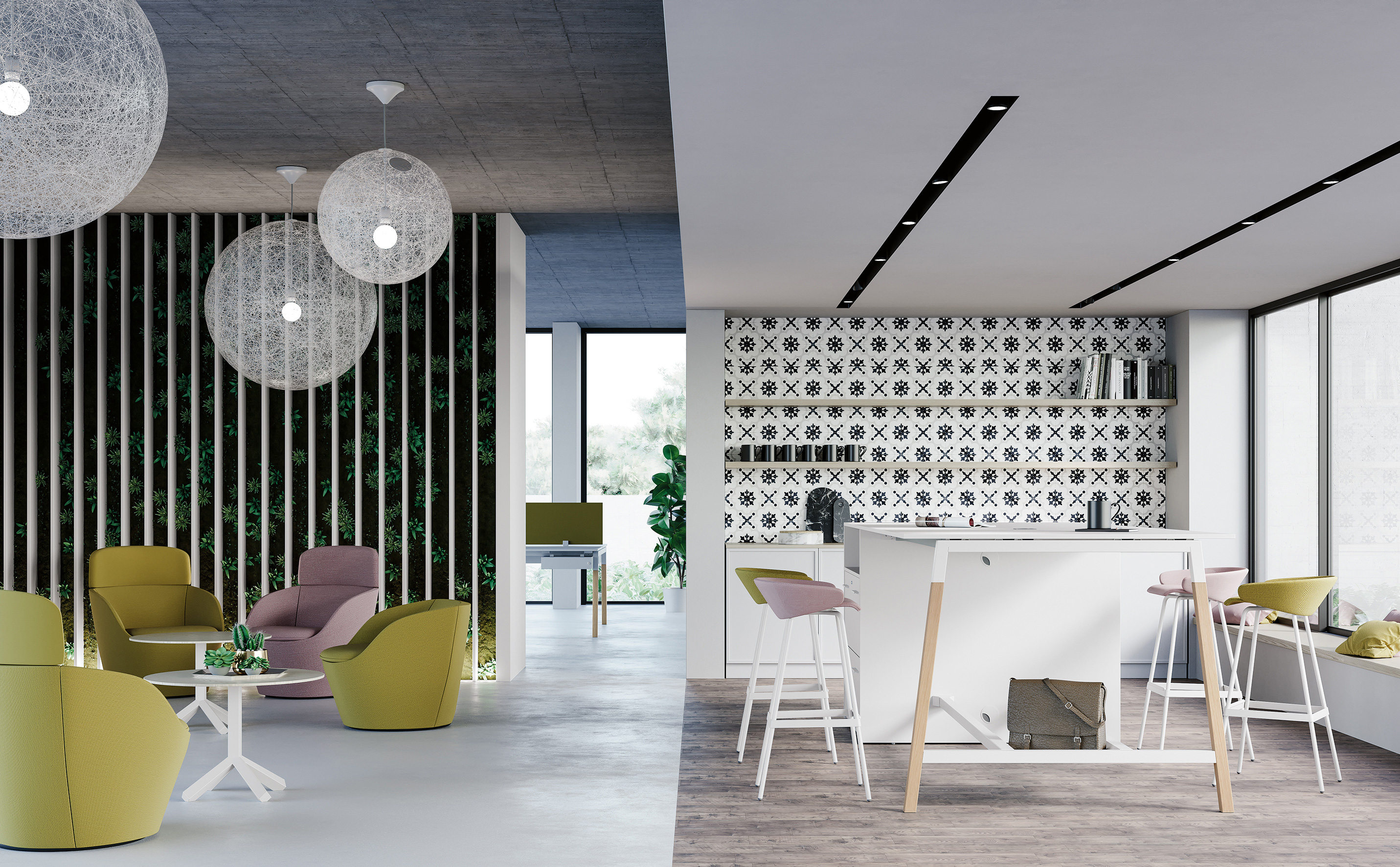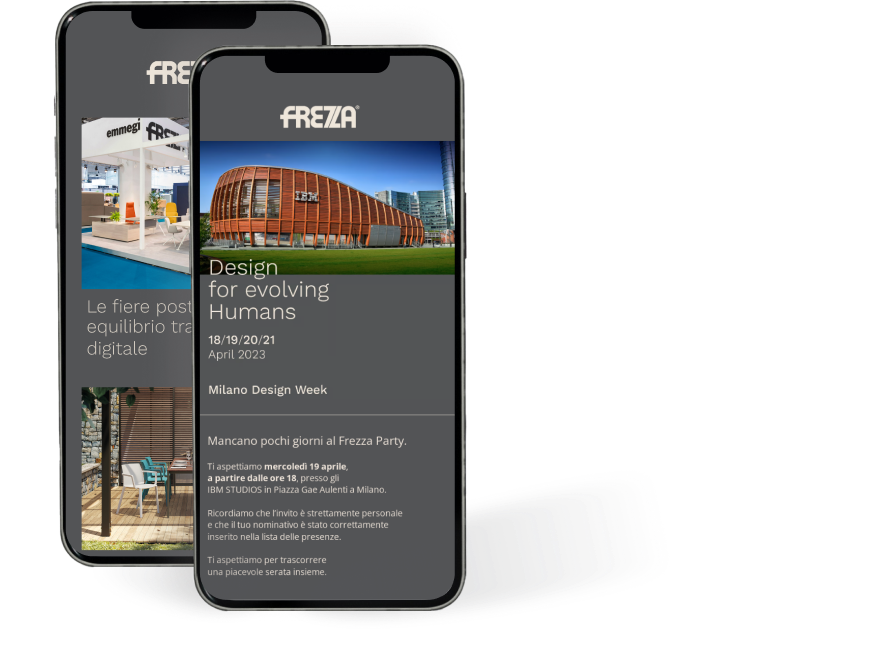The definition finds its origin in The Great Good Place book by urban sociologist Ray Oldenburg, published in 1989.
The first place is one’s own home, a private and domestic space. The second place is work, a structured social experience in which one spends most of one’s time. The third place is a place where to feel at home, relax, have fun, get together and share ideas with others. It describes a place outside the home and away from work.
The book speaks of Third Place as the birthplace of strong democratic changes (like the cafés during the French Revolution), but in today’s society these spaces mean much more.
Each of us has one or more Third Place, although we’ve probably never categorised them in our minds. It can be the aperitif bar after work, the park where you go for a walk on Sundays or the gym where you relieve stress.
Today’s “third places” are community-centred environments and have a strong you-factor: they make you feel special and, at the same time, part of a community. The result? Well-being and a prolonged stay.
The characteristics of Third Place
The Third Place is structured (involuntarily or with a specific objective) to create a deeper connection between people and places, and consequently a brand and its products. Its key features are eight in total:
- It’s a neutral territory, where the rules of home and work do not apply
- There are no hierarchies among its visitors
- Conversation in the main activity
- It’s accessible and convenient (both for prices and location)
- It has its regulars
- It’s discreet and comfortable
- It has a cheerful atmosphere
- It’s a”home away from home“
Can there be a Third Place inside the office?
Based on Oldenburg’s original definition – the “first place” is the home, the “second place” the workplace – the rational answer should be “no”.
But we live in an ever-changing world and the meaning of Third Place today has taken on a much broader meaning, because we’re at the height of a major transformation of the whole “office” and “way of working”concept.
With the evolution of workspace planning models – from shared desks to smart working and activity-distributed workplaces – the concept of “third place” has regained strength. It will work effectively if employees can move around freely and work in other ways and areas of the office other than their desk. This approach will make them more productive.
A well-designed “third space” can also accommodate a range of different functions in one place and, in addition to including less formal office environments, it can be represented by:
- a collaborative area where informal meetings can be held, where people can meet other people and collaborate and connect virtually, via laptops, to people who are not physically present.
- a productive area where it’s possible to have lounge chairs and seats with armrests to support tablets, high tables with power points suitable for dining or for brainstorming sessions and flexible elements such as height-adjustable desks that offer a greater choice in the way of working.
- a relaxation area to escape from the monotony of the workstation, where to recharge your batteries in a more inspired environment and regain energy and creativity.
One example is the Work Cafè, but it’s not the only one. More and more companies and pro-working spaces provide employees with real services such as gardens, roofs, playrooms, gyms and lounge areas that recall the relaxing environments of a spa.
The variety of these places allows employees to choose, every day, where to work from according to the required activity. Stimulating working environments, multifunctional common areas supported by fast connections, flexible furniture and comfortable seating promote the best working styles and attitudes.
Why is Third Place important?
Modern technologies have made the balance between work and private life less defined; they make us traceable, constantly on alert and ready to reply to an email, even outside working hours.
We are increasingly connected, but at the same time we live in an era of isolation: we chat, like photos and comment on social networks in solitude, without really satisfying our social needs.
Third Places take us back to the “real world”, recreating – even artificially – the places of aggregation and happiness of the generations that have preceded us: an ancient antidote to a sense of loneliness strongly linked to the modern era.


